In these increasingly darkening days (both literally as we head into winter, but also in a figurative sense), I give you a reminder of a particularly dark event on this date in earlier times.
On 9 November 1938 Nazi mobs ransacked Jewish businesses and burned down synagogues in Germany and Austria in what then became known as “Kristallnacht” (usually rendered as ‘Night of Broken Glass’ in English), but these days more commonly and more accurately called “Pogromnacht”.
At a time when Jews around the world, including in Germany, are again increasingly targeted by hate and violence, as indeed are many other minority groups, it is worth sending out a message as to where all this can lead – in 1938 the pogroms were just a precursor of the Holocaust that was soon to follow …
I had posted about this day in history before, see here, but I’ve dug deeper into my photo archives and found a number of extra photos of synagogues to feature in today’s Blog Post.
The first photo doesn’t actually show a synagogue, but merely its former footprint set into the pavement as a mosaic to serve as a memorial to the destroyed Great Synagogue on Bornplatz in Hamburg:
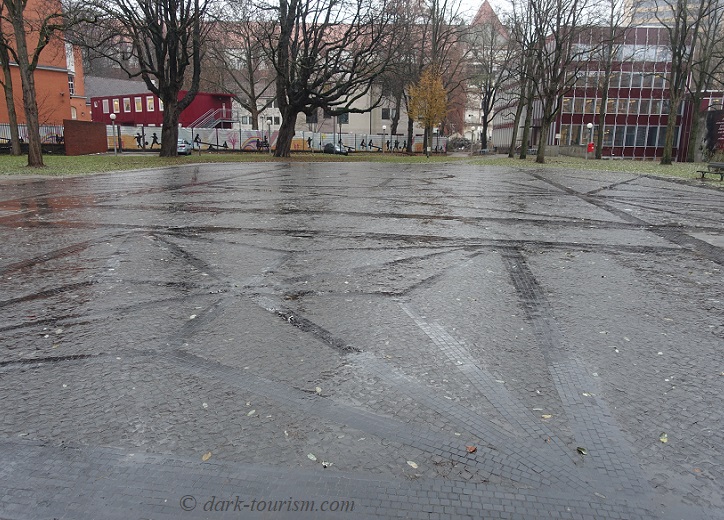
This place will change. It’s been decided to reconstruct the Great Synagogue of Hamburg, possibly as an exact copy of the original, but this hasn’t yet gone beyond the planning stage. The whole concept is not without controversy, but it will be interesting to see what the eventual outcome will actually be.
Next is a photo of the ruins of the Choral Synagogue in Riga, Latvia. This was not destroyed on 9 November 1938 but in July 1941, when Nazi Germany invaded the Soviet Union (of which Latvia was then a part):
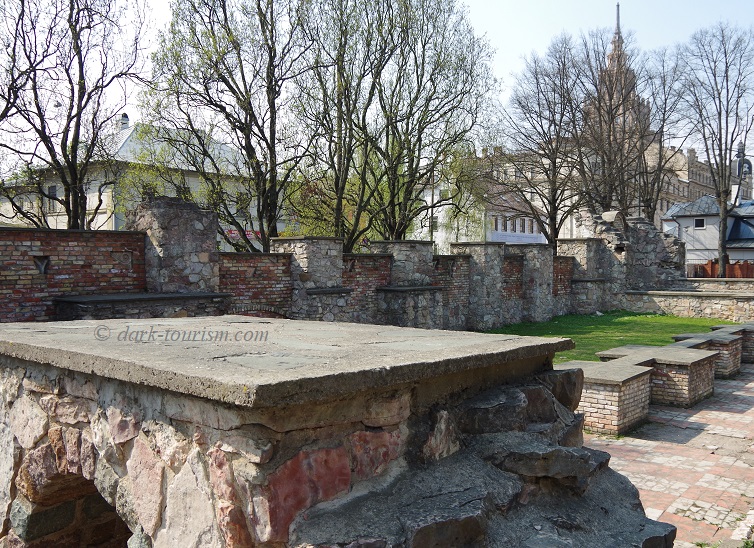
Synagogues were also destroyed in other countries, including Moldova. Here’s a photo of the ruins of a synagogue and Yeshiva (Jewish religious school) in Chisinau:
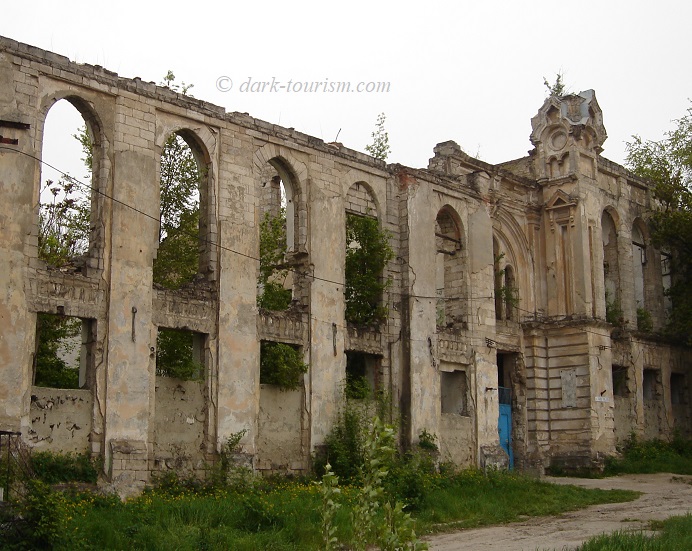
The destruction of synagogues did not end with WWII. In Slovakia’s capital city Bratislava, a synagogue and Jewish cemetery were destroyed in 1969 to make way for a prestige road and bridge project during communist times. Today a memorial monument marks the spot:
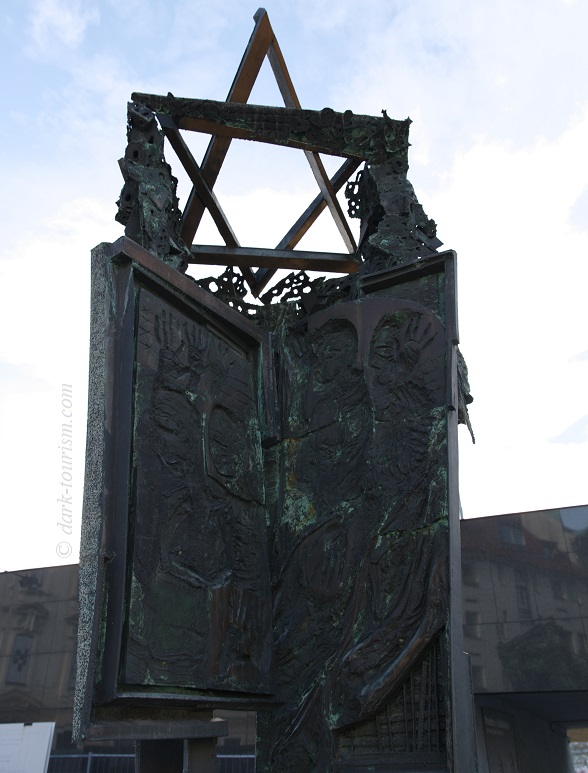
Nor was 9 November 1938 the first time synagogues were destroyed. In Jerusalem a key focal point of Jewish religious life is the Western Wall that is all that remains of the Temple that was destroyed by the Romans in ca. 70 CE (the wall is also known as the “Wailing Wall”):
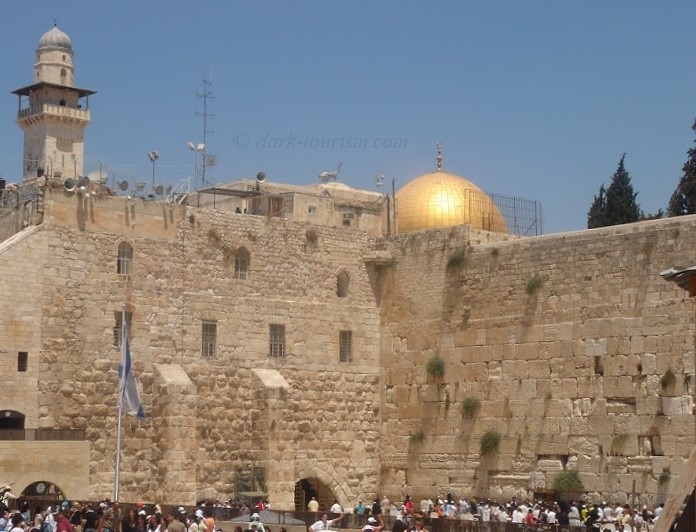
Temple Mount is a contested site, and just behind the Western Wall you can see the golden dome of the Al-Aqsa Mosque, one of the premier Muslim religious sites.
An ancient Jewish site featuring a small cluster of tiny synagogues in Venice is the original Jewish Ghetto (from which all subsequent ghettos took the name). Here’s a photo of one of the synagogues tucked away between other buildings:
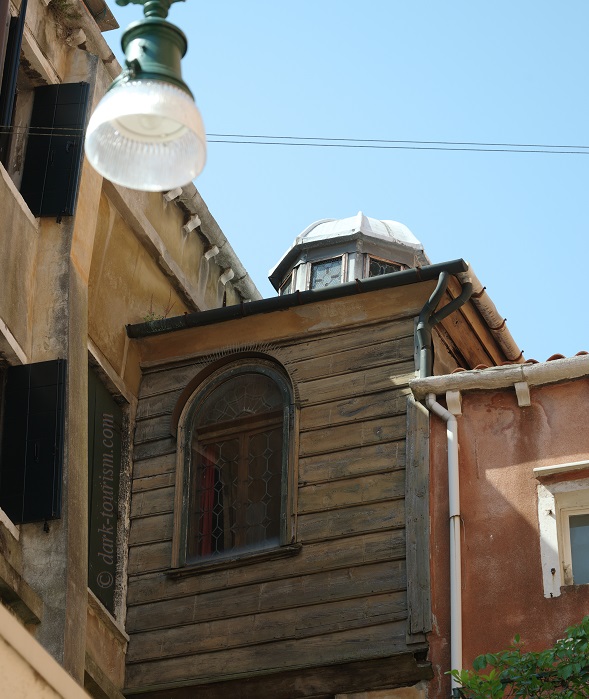
One of the largest synagogues in Europe is Dohany Street Synagogue in Hungary’s capital city Budapest, a truly grand example of this type of building (same photo as the featured one at the top of this post):
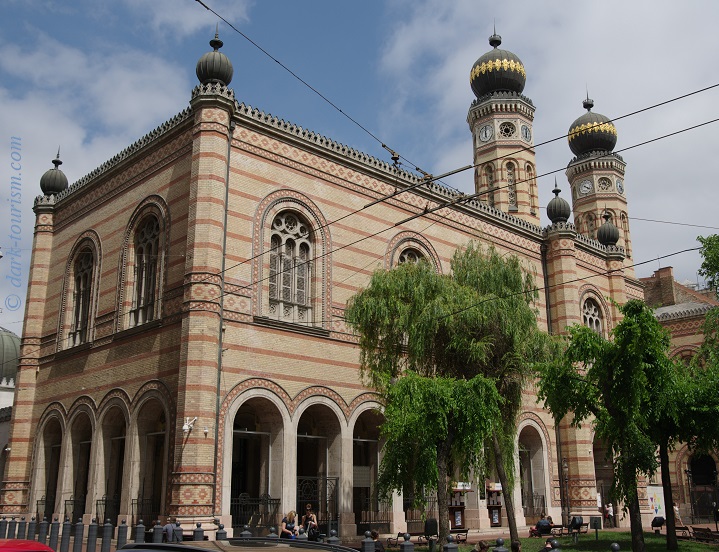
Budapest was one of the key centres of Jewish life before the Holocaust, which hit Hungary comparatively late, namely in spring 1944, when the Germans invaded. Under the command of the infamous Adolf Eichmann, most Hungarian Jews were then deported to Auschwitz and gassed there, over 400,000 in less than two months; yet more Hungarian Jews were subsequently murdered in Budapest by the Hungarian “Arrow Cross” Nazis.
Another relic of the once thriving Jewish community in Budapest is the vast Jewish cemetery at Kozma Street on the edge of the city, which also features a large, but far less well preserved synagogue:
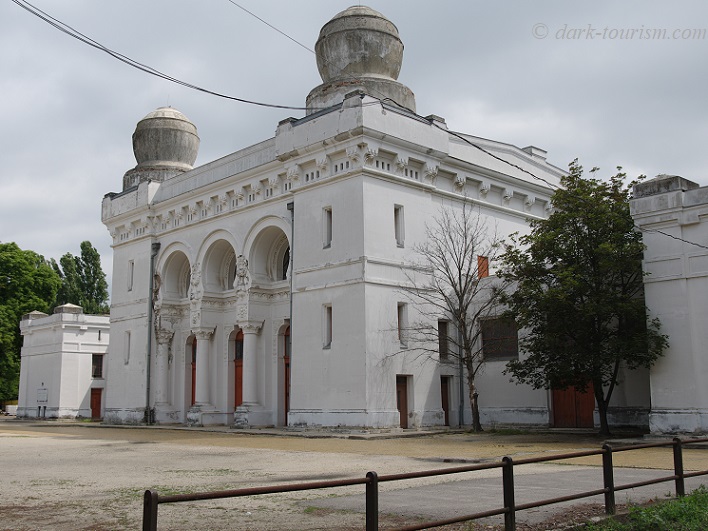
Yet another former centre of Jewish life was Krakow in Poland. Today the Jewish quarter of Kazimierz is once again alive with Jewish restaurants and businesses, as well as some synagogues. Here’s a photo of the interior of one of them:
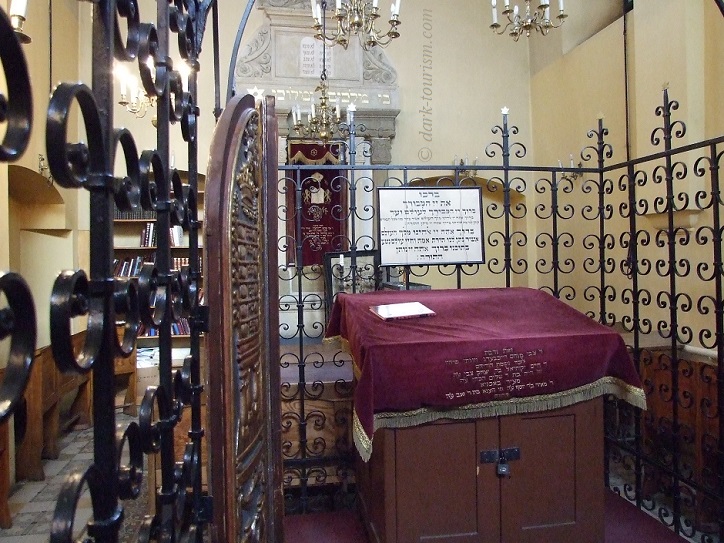
And finally, here’s a photo of a synagogue standing right next to a mosque, apparently in peaceful harmony (both places share the same car park), namely in Paramaribo, the capital of the little-known South American country of Suriname (the former Dutch Guiana):
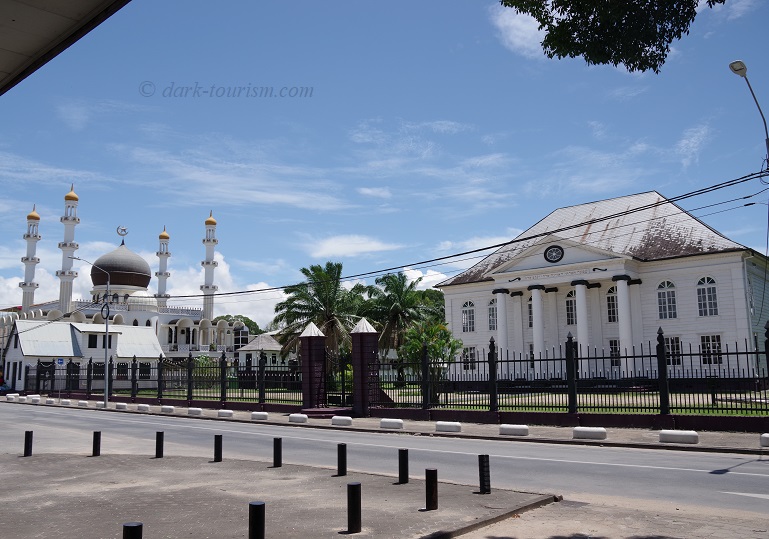
With this I shall conclude this Blog Post. Normally texts about this dark date end with the hackneyed phrase “never again!”. But this has become increasingly vacuous over the years so I’ve stopped using it. “Again and again” might actually be more fitting. But on that depressing note I’ll come to a close for this time …




2 responses
You have the mother of all blogsites where people like me can can follow subjects like yours without intimidation from those people who see people like us as fascists, bigots etc. I’m signing up.
thanks